By Kent McFarland
In April the northern forest is bare with cold desire. Blades of wild leeks slice through the soggy, brown remains of autumn to release sweet-onion perfume. Bright white Bloodroot opens for wild bees. A Ruby-crowned Kinglet, his head ablaze, sings a hurried tee-tee-tee-tee, tew-tew-tew-tu-tu-tu-tu, teedle-dee! teedle-dee! teedle-dee! Spotted Salamanders, black with yellow polka-dots, slimy slithering clowns, crawl by night to forest pools for their vernal nuptials. The sweet smell of soil rises to our nose. Streptomyces bacteria awaken as the soil warms and spew chemical weapons against other bacteria, which to us has a distinct earthy smell. April leaves none of our senses void. Here’s our guide to the damp month.
The Eagle Has Landed
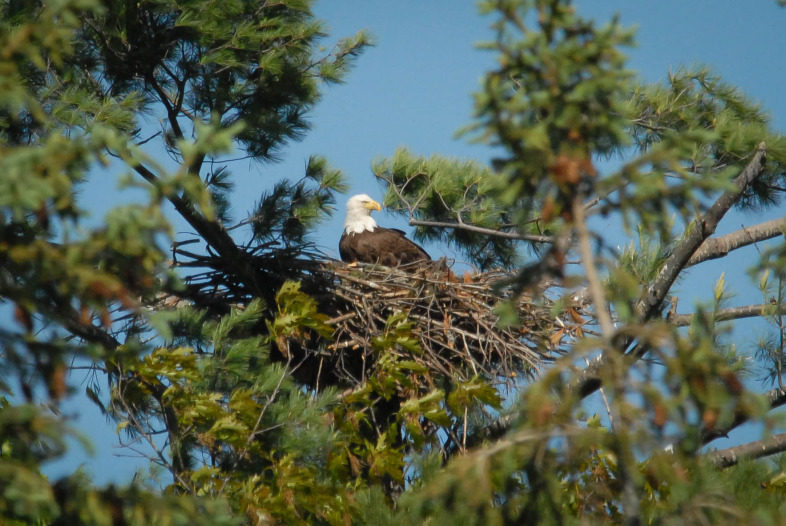
As bald eagle nests become more common in Vermont, the Fish & Wildlife Department is asking bird-watchers to enjoy the birds from a safe distance to avoid disturbing them.
Photo by John Hall, Vermont Fish & Wildlife Department.
Historical information on bald eagles in Vermont is limited; however, eagles were considered rare summer residents in the early 1900s. A pair was known to have nested on Lake Bomoseen in the central part of the state in the 1940s. After missing from the state for many years, in August 2008, a successful nest and fledging was confirmed in Concord, and two more nests were confirmed in 2009.
Recently, breeding Bald Eagle populations continue to hold steady in Vermont, but have not yet recovered enough to be removed from Vermont’s endangered species list. Eagles produced 16 fledglings in 2015, lower than the recent record of 26 fledglings in 2013. “The 2015 winter was especially severe in March and early April when most eagles are incubating their eggs, which likely had a negative impact on nesting success,” said John Buck, Vermont Fish and Wildlife biologist.
“While we can’t influence the weather, we can assist bald eagle recovery by identifying and protecting the critical habitat that is essential to their survival,” said Buck. “Bald Eagles usually nest and feed near open bodies of water. Conserving these sites, especially nests, will help to ensure the eagle population makes a successful comeback to Vermont.”
In Vermont, Bald eagles typically nest in tall trees with broad visibility and sturdy branches located near lakes and rivers. Adults show a strong tendency for fidelity to their breeding areas, and will often use the same nest for many years. The nest tree requires sturdy branches to support the growing weight of the nest as materials are added each year. Nests are usually located approximately 50 to 60 feet high and 5 to 30 feet below the top of a live tree.
Egg-laying generally begins from early March through as late as early May in the Northeast. Clutch sizes range from one to three eggs. Incubation lasts about 35 days. Competition for food in the nest can be fierce and the youngest chick often dies. Fledging occurs at 11 to12 weeks after hatching. Parental care may continue for up to three months after they leave the nest. The entire breeding cycle, from courtship to fledgling independence, takes at least six to seven months.
You can see where eagles have been sighted on Vermont eBird. If you find a nest site, please report it to the Vermont Fish and Wildlife Department or VCE. Please do not approach or disturb nesting areas.
Synchronized Swimming
The next act in this vernal drama happens with the next warm rains of April. Vernal pools come alive with mating amphibians. Stars on this stage here in Vermont include Spotted and Jefferson’s Salamanders, Wood Frog, Spring Peepers, and more. In April, You can find many of these courting and mating in ponds at night.
Male Spotted Salamanders leave their hibernation burrows ahead of the females and arrive first at the pools. They form large balls of wiggling males called congresses. As females arrive, individual males separate from the congress and perform a courtship dance with a female. They circle and put their heads under each other’s tails. The male may climb on her back and rub her with his chin. He then swims away wiggling his tail. If the female is interested, she will follow him. He leads her to a sperm packet, called a spermatophore, he deposited earlier on submerged leaves or twigs on the bottom of the pool. She picks up a packets through her cloaca, an opening under the base of the tail used for egg-laying, excreting waste, and of course egg fertilization. The female may collect packets from several males. She then lays several hundred eggs in small gelatinous balls.

Salamander spermatophores.
Grab a headlamp and your raincoat and go out and witness this magical vernal dance at a vernal pool near you. You can learn where vernal pools might be, and report any you find, to our vernal pool project.
The Kinglet’s Fireworks
Any day now, Ruby-crowned Kinglets will also arrive. Most of the time, a male Ruby-crowned Kinglet is a fraud with feathers. When he appears, neither ruby nor kingly, you may wonder how he got his name. Pale green and gray, small and fleeting, he is among the plainest birds in the woods. You may even turn your binoculars instead toward the warbler or woodpecker. But resist the urge to complain or pass him by. Keep watching the kinglet. The reward will be an explosion of feathers that will make your heart pound and your knees wobble. Read Bryan’s perennial tribute to kinglets.
A Field Guide to the Sky Dance
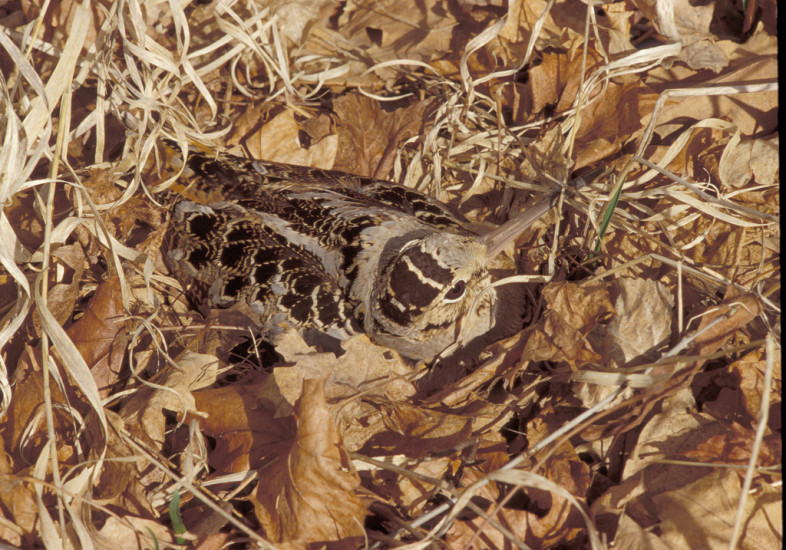
American Woodcock sits on a nest. /© Roy Pilcher
A sign of spring for us is an evening trip to the theater watch what Aldo Leopold called the sky dance in his 1949 classic A Sand County Almanac. Our theater has no roof and no seats. Its just a small field next to a shrubby wetland near our house with a show that is something to behold. It’s the annual courtship flights of the American Woodcock and this year on a crisp, clear night it was an especially beautiful show.
The dancers in this annual show have a long bill with a flexible tip specialized for probing and capturing earthworms, a stout head with large eyes set far back for rearview vision without a mirror, and plumage with mottled, leaf-brown patterns that blend superbly with the forest floor.
The theaters they use are made of moist woodlands or thickets near fields or open areas. The audience is encouraged to arrive early and remain quiet while they let their eyes slowly adjust to the dimming light. The curtain usually opens with the male woodcock flying onto the stage at exactly 22 minutes after sunset when the lights are dimmed to precisely 0.05 foot-candles. With the crowd hushed, the dancers begin.
The males are loosely clustered about the stage. Each defends a small area on the ground were the peent, a short (~0.2 seconds) buzzy note is repeated over and over. If you are close enough you can also hear eachpeent preceded by a short (0.3 seconds) tuukoo, wukoo or ka-rurr sound. The two sounds often merge into one, tuukooeeent. He may also givetuukoo calls at widely separated intervals (0.2–30 seconds) initially after alighting on display area or when alert to strange sounds.
The sky dance begins when the “peenting” bouts end. There are five parts to the flight:
- a silent, gradual ascent lasting about 2 seconds;
- a continued gradual ascent with light wing twittering for about 12 seconds;
- the wing twittering becomes melodious as he climbs steeper and then loops into spirals for about 15 seconds;
- the apex of the flight lasts for about 12 seconds and may be 300 feet high, as the wing twittering becomes intermittent with rapid, short bursts, overlapping with loud, vocal chirping during the initial descent as he zig-zags, dives, and banks, then pitching down again precipitously;
- a silent descent lasts up to 8 seconds as he brakes to the ground with soft but audible flapping wings and lands back on his stage to resume another bout of peenting.
The twittering sound is produced by air passing between three attenuated outer primary feathers on the wing. The outer primaries of a male American Woodcock are narrowed (called emarginated), which produces whistling twitters during the sky dance. The chirping calls made during the sky dance are a fast, repetitive series of 4–6, melodious notes – chirp-chirp-Chirpchirpchirp, repeated.
Sometimes they will give a rapid, harsh cackle, ca-ca-ca-ca-ca , as they fly low over another peenting male. Cackling is probably an aggressive challenge. Sometimes the peenting bird may chase the aggressor and cackle back. If two peenting males are too close to each other, they may give aggressive cackle calls on the ground too.
As many as 24 sky dances can be performed by an individual during an evening performance, but most average a half dozen per night. As twilight disappears from the western sky, the performers retire for the night and wait for the curtain to rise in the dim light of the morning for another bout of sky dancing.
A Little Bit Goes a Long Way
There is nothing like the fresh smell of a spring morning, unless, during the night, a skunk skulked about your neighborhood. The striped skunk is armed with just a teaspoon of odoriferous oil in its two anal glands, but a little bit goes a long way.
Skunk oil research has been going on for over a century as scientists have tried to determine what makes the stuff so potent that it can drive a bear away. Way back in 1896, Thomas Aldridge at Johns Hopkins University showed that humans could detect the smell at just 10 parts per billion, the equivalent to detecting just one drop of it diluted into a medium-sized, backyard swimming pool. More recently, William Wood, a chemist from Humboldt State University, pointed out that a number of chemicals have been incorrectly attributed to skunk oil over the years, and his work has now given us a fairly complete understanding of the chemical compounds and how to neutralize them.
The scent-gland secretion is a yellow oil composed primarily of volatile compounds known as thiols, and their derivatives. (A thiol is a compound distinguished by its sulfur-hydrogen bond.) Most of us immediately recognize the smell of ethanethiol (also called ethyl mercaptan), a common thiol that’s added to otherwise odorless propane gas so we can easily smell any leaks. Another thiol creates the “skunky” smell of beer after it has been exposed to ultraviolet light. The thiol derivatives present in skunk oil are not particularly odoriferous, but they are easily converted to far more potent thiols when they react with water
Skunks are reluctant to use the oils though. With only enough for a half dozen sprays at most, and a 10-day period to manufacture more, skunks will only spray if they absolutely have to. In an attempt to avoid spraying, skunks often give warning. First, they show their striped white back to warn you. This is followed by threat behaviors, like stomping with both front feet, sometimes charging forward, and then edging backwards dragging their feet and hissing. If all this fails, watch out.
Each spray gland has a nipple, and skunks can aim and direct the spray using highly coordinated muscles. A skunk can spray up to 25 feet and hit something fairly accurately up to 7 feet away. When there is a target, they can direct a fine stream right at the victim’s face. When being chased, a skunk will instead emit a foul cloud for the predator to run into.
There is one predator that remains undeterred by the odiferous oil, the great-horned owl. The small size of the olfactory lobes in their brains suggests that they have a very poor sense of smell. Some individual owls can downright stink of skunk, a common complaint among wildlife rehabilitation workers. Their nests can even smell of their musky meals. But larger-lobed mammals quickly learn to avoid the white stripe in the night.
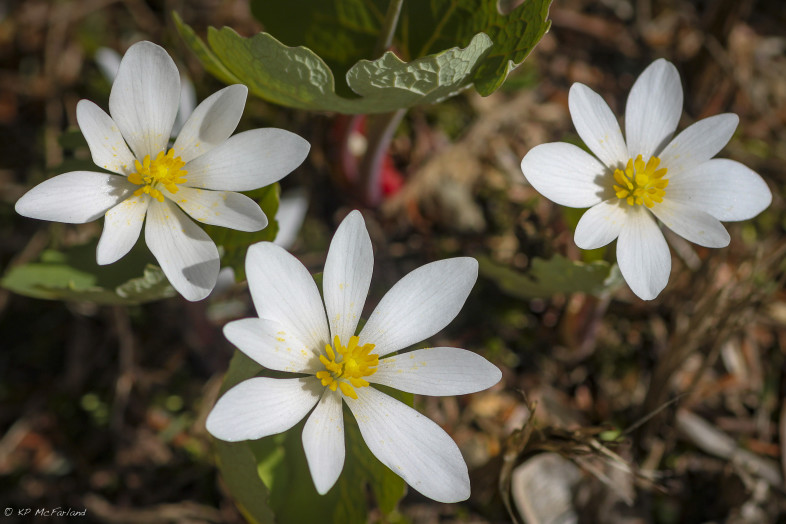
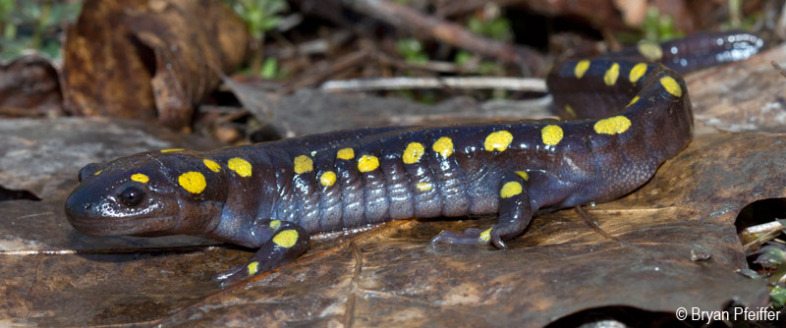
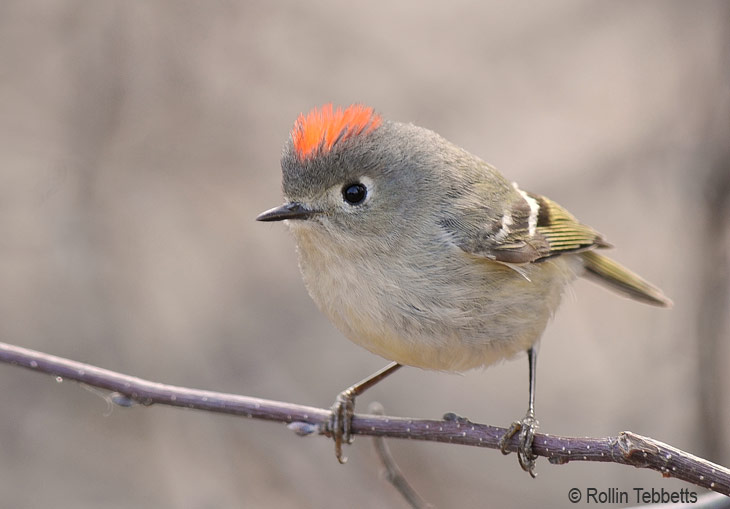
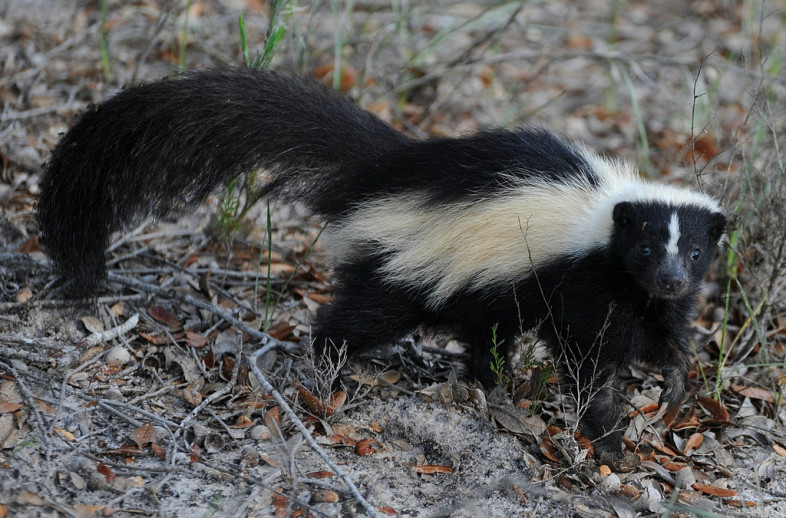

We were thrilled last week to hear “our” woodcock peenting right out on a path to our pond where they seem to enjoy dancing. A few days earlier the peepers were peeping. No sight of the adorable Kinglet yet. Last year one was flitting about our garden and we were able to get terrific views of his red royalty. It’s so exciting to have friends return. I enjoy reading about what we can expect to arrive soon. Sometimes it is hard for me to keep track of the calendar of nature.